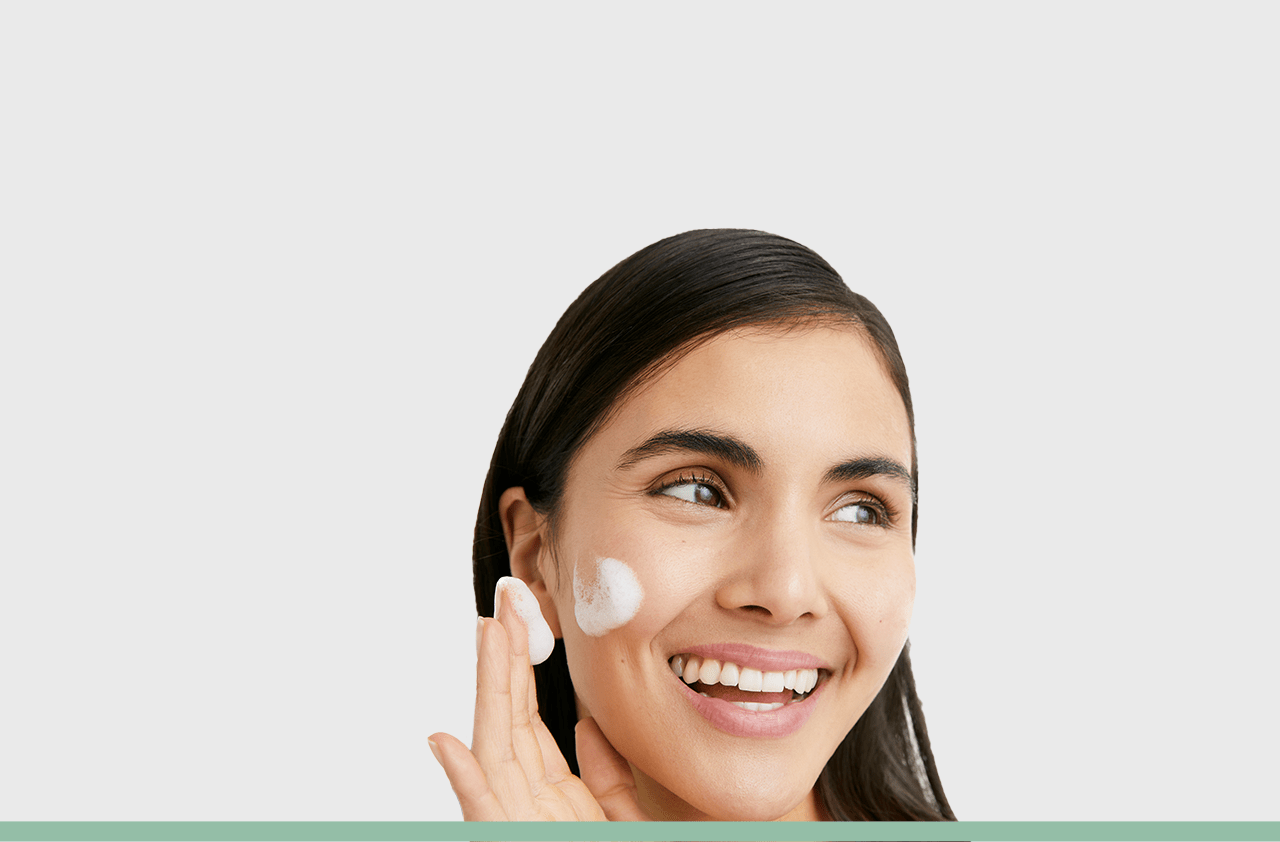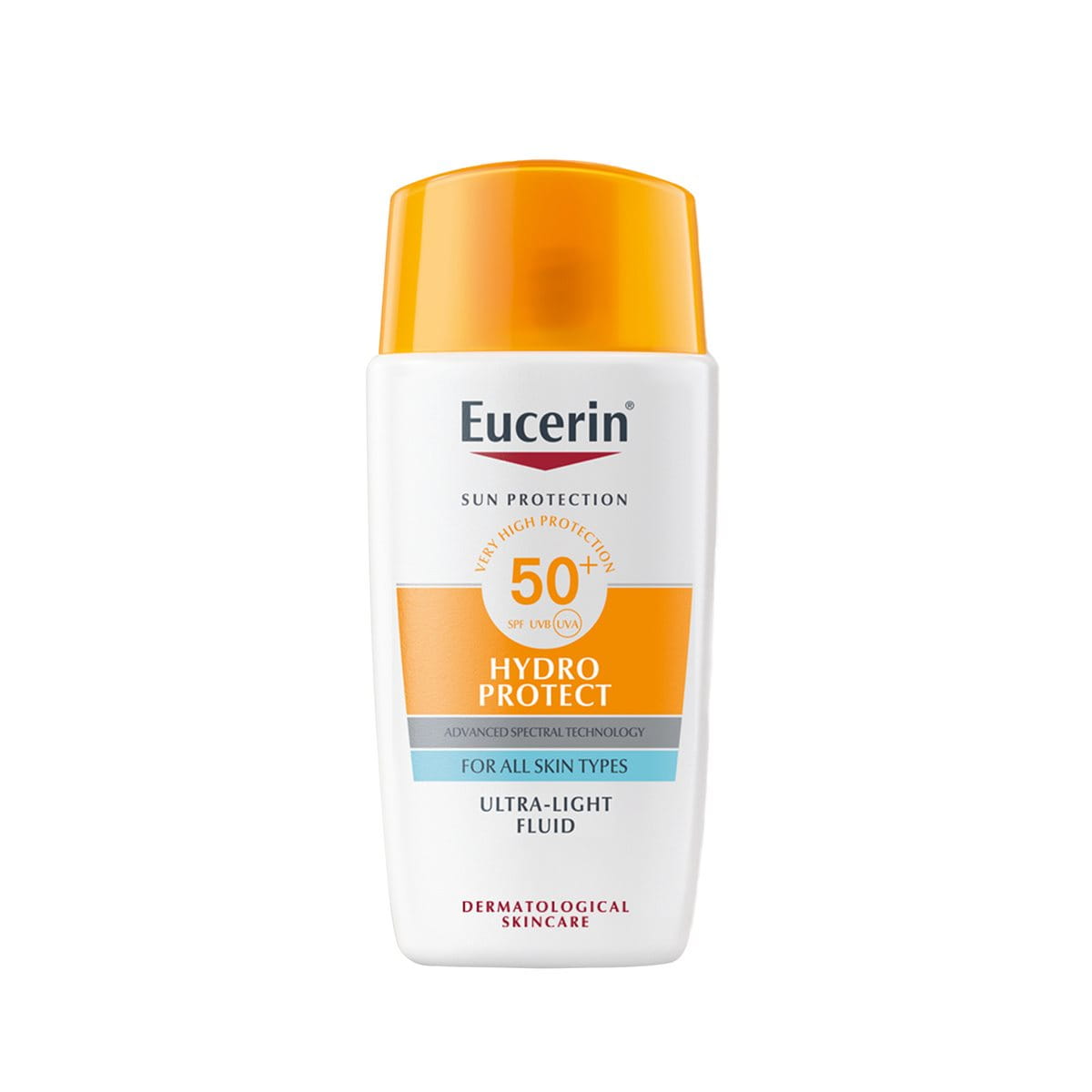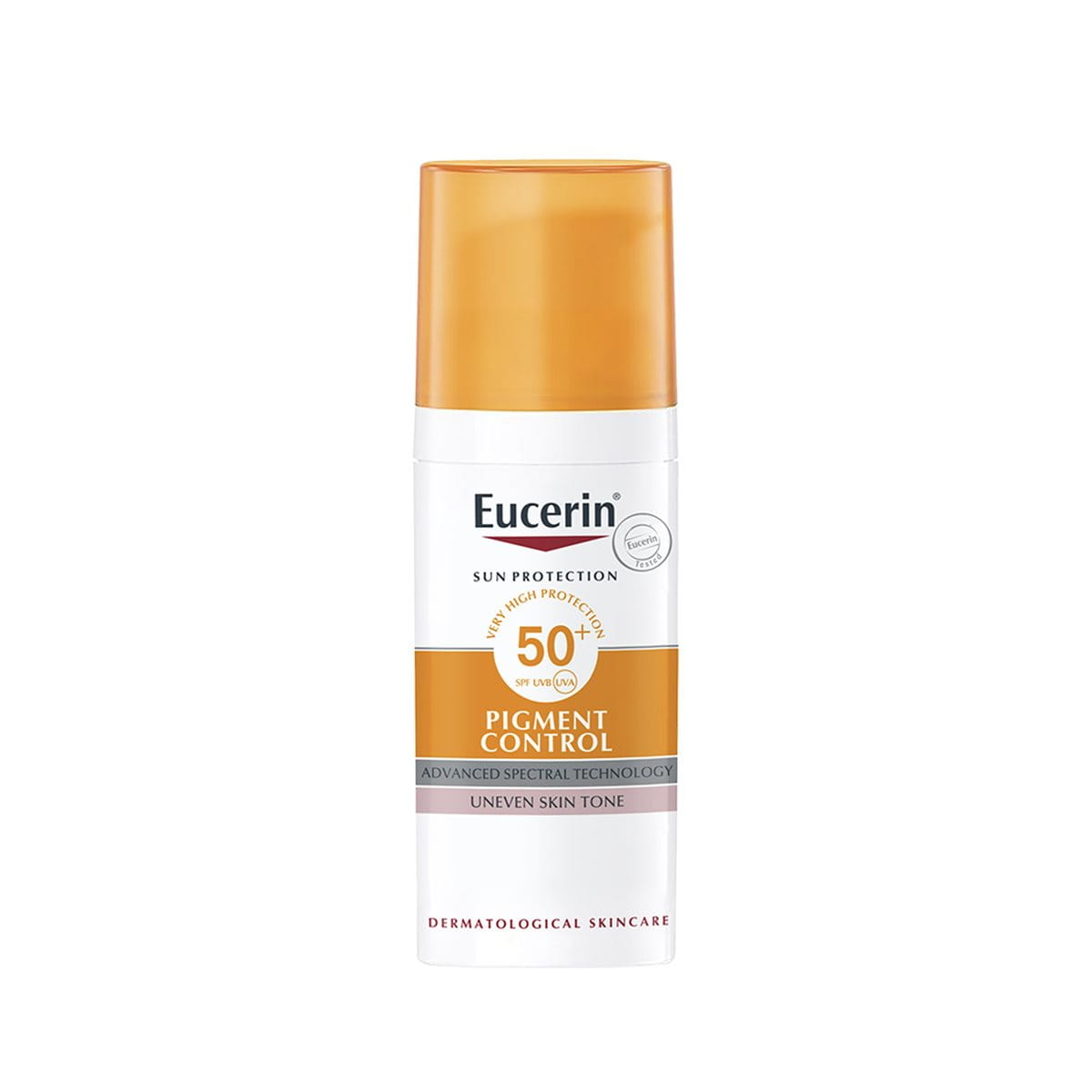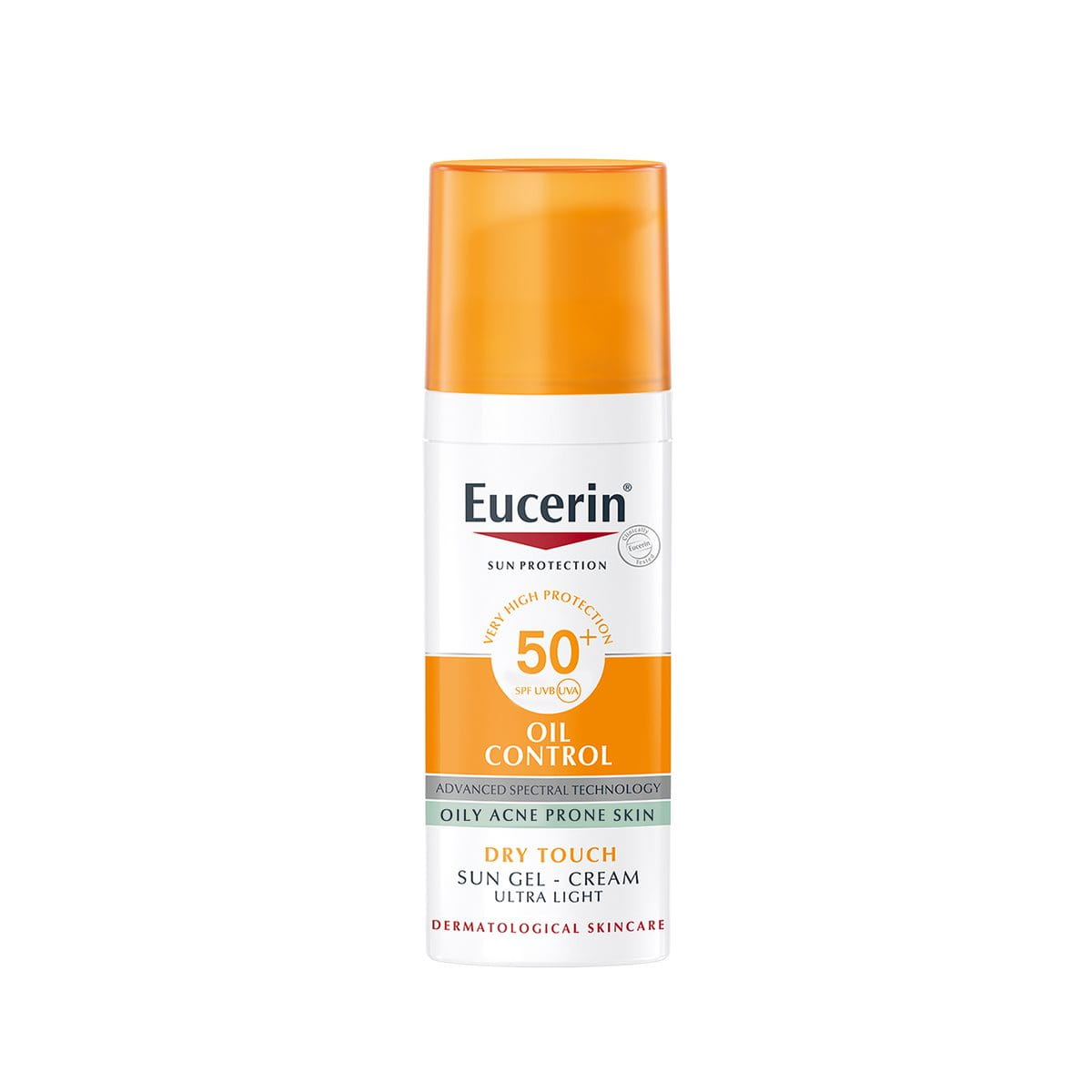If you are among those who believe sunscreen is only for beach days or the scorching summer season, it’s time to break the myth! Sunscreen is an all-year-round suncare essential that shields your delicate skin from harmful UV rays, sunburn, and long-term damaging effects of the sun, accelerating skin concerns like premature ageing, dull complexion, and other related skin problems.
Regardless of the season, UV rays are present every day and can penetrate into your skin even on cloudy days. So, layering your skin with a broad-spectrum sunscreen with SPF and PA ratings becomes important. But, not all types of sunscreens are made equally and can differ depending on skin type and sunscreen formulation. That’s why it is important to understand what SPF ratings are and how they work, so that you can choose the perfect sunscreen formulation with the correct SPF tailored for your naturally beautiful skin type and its unique needs.
Keynotes:
- Applying a sunscreen is one thing, but investing in the right product with the correct SPF and protection, based on your skin type, and everyday skincare needs, can make all the difference.
- A broad-spectrum sunscreen offers protection against both harmful UVA and UVB rays, preventing potential skin problems due to sun damage.
- A proper skincare regimen that includes effective cleansing and hydrating products lays a perfect foundation for sunscreen, making its protection even more effective.
- Reapplying sunscreen throughout the day maintains the effectiveness of the sunblock and ensures your skin stays optimally protected from the sun's harmful UV rays.





